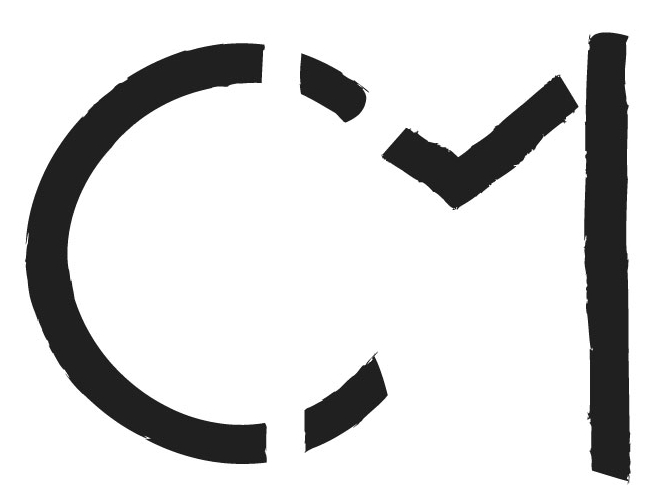During my freshman year of college, a friend told me,
“The more people you know, the more power you have”.
While at the time the statement only made me view this individual as an egotistical social climber, I do admit that I now strongly believe in this theory’s application into various aspects of life. Whether applied from one’s social life to their career advancement, there is enormous strength in the power of networks.
Using these networks for “power” or opportunities or expanded learning is completely up to the individual. However, we must learn to recognize the amplitude of networks ranging from those around us to those on a much larger scale.
TheyRule.net emphasizes this idea through mapping the interconnectivity and relationships of board members for the top 1000 companies. The user is able to navigate and expand hundreds of interlocking directories to observe research on individual board members, shared directors between boards, and multi-positioned board members.
The key features are simple:
· Sort and search by a list of:
o people
o companies
o or institutions
· Note the fatter icons symbolize his or her presence on more than one board
· Use “Find Connections” to generate relationships between two chosen companies
· Try “Auto” mode to allow the map to expand and search on its own
· Save, print, or send your map to colleagues or to use for personal research
Originally created to explore idea of “who owns who” within the most powerful companies, the creator,Josh On, quickly discovered the complexity behind these companies. This interactive project is not only aesthetically engaging, but it also organizes large amounts of data that act as both an input and output as the user begins to deconstruct and analyze it. The more one expands, the more they will realize how interconnected these individuals really are and how much power they hold. The piece questions the structure of our society and fairness behind positions of high power, responsibility, and supposed representation.
Bringing this concept into a marketing realm, these same algorithms can be applied to social media research by developing “friend of friend” connections. Market researchers can optimize this mapping strategy to narrow in on networks of influencers and their friends within social platforms. The power of networks has always existed, but technology that allows an easier access to connectivity has really strengthened our dependence on relationships.
While this specific project maps company board members, TheyRule.net illustrates a sufficient way to visualize the great mass of information created by the complexity and breadth of networks. While individuals on their own may hold a lot of power, their relationships add to their network, their knowledge, and their value.
So yes, the more people you know, the more power you have.








